Home>Furniture & Design>Interior Design Trends>What Is Insulated Glass
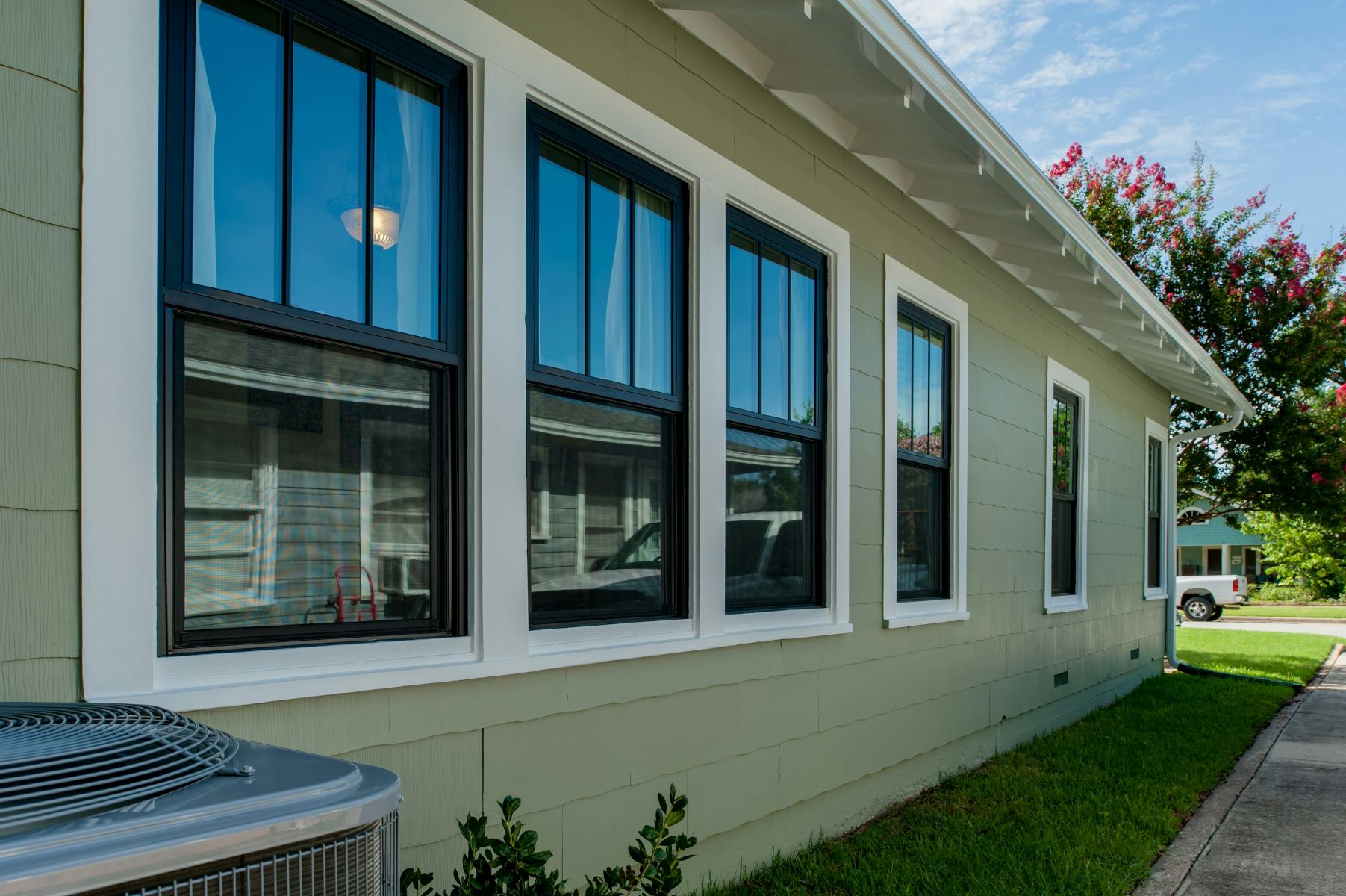

Interior Design Trends
What Is Insulated Glass
Modified: February 18, 2024
Discover the latest interior design trend with insulated glass, offering energy efficiency and modern aesthetics for your space. Explore the benefits and applications today!
(Many of the links in this article redirect to a specific reviewed product. Your purchase of these products through affiliate links helps to generate commission for Storables.com, at no extra cost. Learn more)
Introduction
Insulated glass, also known as double glazing, has revolutionized the way we think about windows and glass surfaces in modern architecture and interior design. This innovative glass technology has become a staple in contemporary construction, offering a myriad of benefits that cater to both practical and aesthetic needs. As the demand for energy-efficient and sustainable building materials continues to rise, the significance of insulated glass in the design and construction industry cannot be overstated.
Insulated glass is a sophisticated glazing solution that consists of two or more glass panes separated by a spacer and sealed to create a hermetically sealed air space between them. This design effectively minimizes heat transfer and reduces the exchange of thermal energy between the interior and exterior of a building. The insulating airspace is often filled with inert gases, such as argon or krypton, to enhance its thermal performance, making it an indispensable component in energy-efficient building envelopes.
The evolution of insulated glass technology has paved the way for enhanced comfort, energy savings, and environmental sustainability in both residential and commercial spaces. By providing superior thermal insulation, soundproofing, and condensation control, insulated glass has become a cornerstone of modern architectural design, offering a seamless integration of functionality and elegance.
As we delve deeper into the world of insulated glass, it becomes evident that its versatility and performance extend beyond traditional window applications. From reducing heating and cooling costs to creating a tranquil indoor environment, the impact of insulated glass transcends mere functionality, elevating the overall living and working experience.
In the subsequent sections, we will explore the intricacies of insulated glass, including its composition, working principles, benefits, applications, types, and maintenance requirements. By gaining a comprehensive understanding of this innovative glazing solution, we can appreciate its role in shaping contemporary architectural landscapes and interior design paradigms.
Key Takeaways:
- Insulated glass, also known as double glazing, is a high-tech window solution that saves energy, reduces noise, and keeps buildings comfortable. It’s like a cozy blanket for your windows!
- Insulated glass comes in different types, like double-pane and low-E coated, each with its own superpowers. It’s like having a team of superheroes protecting your building from heat, noise, and UV rays!
Read more: What Are Glass Insulators
Definition of Insulated Glass
Insulated glass, commonly referred to as double glazing, is a specialized type of glass construction that comprises two or more glass panes separated by a spacer and sealed to create a hermetically sealed air space between them. This innovative glazing solution is designed to minimize heat transfer and enhance thermal insulation within buildings, making it an integral component of energy-efficient construction and sustainable design practices.
The primary function of insulated glass is to reduce the exchange of thermal energy between the interior and exterior of a structure, thereby improving its overall energy efficiency. By incorporating an insulating airspace between the glass panes, insulated glass effectively mitigates heat loss during colder seasons and minimizes heat gain in warmer climates. This thermal barrier helps maintain a comfortable indoor environment while reducing the reliance on mechanical heating and cooling systems, leading to significant energy savings and reduced environmental impact.
The insulating airspace within double-glazed units is often filled with inert gases, such as argon or krypton, to further enhance their thermal performance. These gases have lower thermal conductivity than air, thereby improving the insulation properties of the glass assembly. Additionally, the spacer that separates the glass panes is equipped with a desiccant to absorb any residual moisture, preventing condensation and maintaining the clarity of the glass.
In essence, insulated glass serves as a versatile and sustainable glazing solution that offers a range of benefits, including improved thermal efficiency, enhanced sound insulation, and condensation control. Its ability to create a barrier against external temperature fluctuations and outdoor noise makes it an ideal choice for modern architectural designs, residential homes, commercial buildings, and interior partitions.
By harnessing the power of insulated glass, architects, designers, and building professionals can elevate the performance and aesthetics of their projects while contributing to energy conservation and environmental sustainability. This innovative glazing technology continues to redefine the standards of building envelope design, setting new benchmarks for comfort, efficiency, and visual appeal in contemporary construction practices.
How Insulated Glass Works
Insulated glass operates on the principle of thermal insulation and energy conservation, leveraging a sophisticated design to minimize heat transfer and enhance the overall energy efficiency of buildings. The functionality of insulated glass is rooted in its ability to create a thermal barrier that regulates the exchange of heat between the interior and exterior environments.
At the core of its operation, insulated glass units consist of two or more glass panes that are separated by a spacer, typically made of aluminum or other insulating materials, and sealed around the edges to form a tight, hermetically sealed unit. This configuration effectively creates an insulating airspace between the glass panes, which serves as a buffer against temperature differentials and thermal fluctuations.
The insulating airspace within the double-glazed unit plays a pivotal role in reducing heat transfer. By incorporating inert gases, such as argon or krypton, the thermal conductivity of the airspace is significantly lowered, thereby enhancing the overall insulation properties of the glass assembly. This results in a more effective barrier against heat loss during colder seasons and heat gain in warmer climates, contributing to improved indoor comfort and reduced energy consumption.
Furthermore, the spacer that separates the glass panes is equipped with a desiccant, a moisture-absorbing material, to prevent condensation and maintain the clarity of the glass. This feature ensures that the insulated glass unit remains free from fogging or moisture buildup, preserving its visual appeal and functional integrity.
In practical terms, the working mechanism of insulated glass can be likened to a thermal shield that safeguards the interior environment from external temperature fluctuations. By minimizing heat transfer and providing enhanced insulation, insulated glass helps maintain a consistent indoor temperature, reducing the reliance on heating and cooling systems and resulting in substantial energy savings.
Moreover, the sound insulation properties of insulated glass contribute to a quieter indoor environment, shielding occupants from external noise pollution. This feature is particularly beneficial in urban settings or areas with high noise levels, where insulated glass serves as a barrier against unwanted sound transmission, promoting a tranquil and comfortable living or working environment.
In essence, the intricate workings of insulated glass exemplify its pivotal role in modern architectural design and sustainable construction practices. By harnessing the principles of thermal insulation and energy efficiency, insulated glass continues to redefine the standards of building envelope performance, offering a harmonious blend of functionality and environmental responsibility.
Benefits of Insulated Glass
Insulated glass offers a multitude of benefits that extend beyond traditional glazing solutions, making it a preferred choice for modern architectural designs and sustainable construction practices. The inherent advantages of insulated glass encompass thermal efficiency, energy savings, sound insulation, condensation control, and enhanced comfort, contributing to a holistic and high-performance building envelope.
1. Thermal Efficiency:
Insulated glass serves as a formidable barrier against heat transfer, effectively minimizing thermal conductivity and reducing the exchange of heat between the interior and exterior environments. By creating a thermal buffer, insulated glass helps maintain a consistent indoor temperature, mitigating heat loss during colder seasons and minimizing heat gain in warmer climates. This results in improved energy efficiency, reduced reliance on heating and cooling systems, and enhanced occupant comfort.
Read more: What To Do With Glass Insulators
2. Energy Savings:
The superior thermal insulation properties of insulated glass translate into significant energy savings for buildings. By reducing the demand for mechanical heating and cooling, insulated glass contributes to lower energy consumption and operational costs. This not only benefits the occupants by creating a more sustainable and cost-effective living or working environment but also aligns with global efforts to promote energy conservation and environmental stewardship.
3. Sound Insulation:
In addition to thermal benefits, insulated glass provides effective sound insulation, creating a quieter indoor environment by minimizing external noise transmission. This feature is particularly valuable in urban settings, commercial spaces, or residential areas exposed to high noise levels. By acting as a sound barrier, insulated glass enhances occupant comfort, productivity, and overall well-being, fostering a tranquil and conducive atmosphere.
4. Condensation Control:
Insulated glass units are designed to mitigate condensation by incorporating a desiccant within the spacer, which absorbs any residual moisture and prevents fogging or moisture buildup on the glass surface. This proactive approach to condensation control ensures that the visual clarity and functional integrity of the glass are maintained, enhancing the longevity and performance of the insulated glass units.
5. Enhanced Comfort:
By regulating indoor temperature, reducing noise infiltration, and preventing condensation, insulated glass contributes to an overall enhancement of occupant comfort. The ability to create a more comfortable and pleasant indoor environment aligns with the evolving expectations of modern living and working spaces, where comfort, well-being, and sustainability are paramount considerations.
In summary, the benefits of insulated glass encompass a comprehensive range of advantages, from energy efficiency and sound insulation to condensation control and enhanced comfort. As a cornerstone of contemporary architectural design, insulated glass continues to elevate the standards of building envelope performance, offering a harmonious fusion of functionality, sustainability, and occupant well-being.
Read more: What Were Glass Insulators Used For
Common Applications of Insulated Glass
Insulated glass, with its versatile properties and multifaceted benefits, finds widespread application across various architectural and interior design contexts. The adaptability and performance of insulated glass make it an ideal choice for enhancing the functionality, aesthetics, and sustainability of diverse built environments. Some common applications of insulated glass include:
-
Residential Buildings: Insulated glass is extensively utilized in residential construction, where it serves as a fundamental component of energy-efficient windows and doors. By incorporating insulated glass units into residential facades, homeowners can enjoy improved thermal comfort, reduced energy consumption, and enhanced acoustic insulation. The use of insulated glass in residential settings contributes to a quieter, more comfortable living environment while promoting sustainable living practices.
-
Commercial Structures: In commercial buildings, such as office complexes, retail spaces, and hospitality establishments, insulated glass plays a pivotal role in creating a conducive and energy-efficient indoor environment. From expansive glass facades to interior partitions and storefronts, insulated glass enhances the visual appeal of commercial spaces while delivering tangible benefits, including thermal insulation, noise reduction, and condensation control. The application of insulated glass in commercial settings aligns with the demand for sustainable, high-performance building solutions that prioritize occupant well-being and operational efficiency.
-
Architectural Façades: Insulated glass is a favored choice for architectural façade systems, where it contributes to the aesthetic and functional integrity of modern building exteriors. Whether incorporated into curtain walls, skylights, or glass canopies, insulated glass enables architects to design striking, light-filled spaces while addressing the thermal and acoustic requirements of the building envelope. The use of insulated glass in architectural façades exemplifies its ability to harmonize architectural vision with sustainable performance, creating iconic structures that prioritize energy efficiency and occupant comfort.
-
Interior Partitions: Within interior design applications, insulated glass offers a seamless solution for creating visually open and well-lit spaces while maintaining acoustic privacy and thermal separation. From office partitions to residential room dividers, insulated glass panels facilitate the flow of natural light, enhance spatial connectivity, and contribute to a more inviting and productive indoor environment. The integration of insulated glass in interior partitions underscores its versatility and adaptability in shaping modern interior spaces.
-
Specialized Environments: Insulated glass finds niche applications in specialized environments, such as healthcare facilities, educational institutions, and research centers, where stringent performance requirements are essential. By providing superior thermal insulation, daylighting, and acoustic control, insulated glass contributes to the creation of healing, learning, and research environments that prioritize occupant well-being and operational efficiency. The use of insulated glass in specialized settings underscores its capacity to address diverse architectural and functional needs, transcending conventional glazing solutions.
In essence, the common applications of insulated glass underscore its pervasive influence in shaping contemporary architectural and interior design paradigms. From residential and commercial buildings to iconic architectural landmarks and specialized environments, insulated glass continues to redefine the standards of building envelope performance, offering a harmonious fusion of functionality, sustainability, and visual appeal.
Types of Insulated Glass
The diverse range of insulated glass types caters to specific performance requirements and aesthetic preferences, offering architects, designers, and building professionals a versatile palette of options to suit various applications. Each type of insulated glass is engineered to address distinct thermal, acoustic, and visual considerations, providing tailored solutions for modern construction and interior design projects.
-
Double-Pane Insulated Glass: This classic configuration consists of two glass panes separated by a spacer and hermetically sealed to create an insulating airspace. Double-pane insulated glass is a foundational choice for enhancing thermal efficiency and sound insulation in buildings, offering a balance of performance and cost-effectiveness.
-
Triple-Pane Insulated Glass: As an advanced variation, triple-pane insulated glass incorporates an additional glass pane, further enhancing its thermal insulation properties. The inclusion of a third glass pane and two insulating airspaces significantly reduces heat transfer, making it an ideal choice for climates with extreme temperature differentials.
-
Low-E Coated Insulated Glass: Low-emissivity (Low-E) coated insulated glass features a microscopically thin, transparent coating that minimizes the transfer of radiant heat, thereby improving thermal performance. This type of insulated glass is designed to optimize energy efficiency, reduce UV transmission, and enhance indoor comfort while allowing abundant natural light.
-
Gas-Filled Insulated Glass: Gas-filled insulated glass units are infused with inert gases, such as argon or krypton, within the insulating airspace to augment their thermal insulation capabilities. The lower thermal conductivity of these gases enhances the overall energy efficiency of the glass assembly, making it an ideal choice for sustainable building envelopes.
-
Laminated Insulated Glass: Laminated insulated glass incorporates a layer of polyvinyl butyral (PVB) or ethylene-vinyl acetate (EVA) between the glass panes, providing enhanced safety, security, and sound attenuation. This type of insulated glass is well-suited for applications where impact resistance and noise reduction are paramount, such as in high-traffic areas or hurricane-prone regions.
-
Tinted Insulated Glass: Tinted insulated glass features a colored tint or reflective coating that reduces solar heat gain and glare while enhancing visual aesthetics. This type of insulated glass is favored for its ability to regulate light transmission, improve occupant comfort, and lend a distinctive aesthetic character to architectural facades and interior spaces.
-
Vacuum Insulated Glass: Vacuum insulated glass units utilize a vacuum-sealed cavity between the glass panes, eliminating the need for inert gases. This innovative technology offers exceptional thermal insulation and condensation control, making it an ideal choice for ultra-energy-efficient buildings and sustainable design initiatives.
The diverse array of insulated glass types exemplifies the adaptability and performance-driven nature of modern glazing solutions, offering tailored options to meet the evolving demands of sustainable construction, energy efficiency, and occupant comfort. By leveraging the unique characteristics of each type, architects and designers can elevate the performance and visual appeal of their projects while contributing to a more sustainable and resilient built environment.
Maintenance and Care of Insulated Glass
Proper maintenance and care are essential for preserving the performance, longevity, and visual clarity of insulated glass units. By implementing routine maintenance practices and adhering to recommended care guidelines, building owners and occupants can ensure that insulated glass continues to deliver optimal thermal efficiency, sound insulation, and aesthetic appeal.
Regular Cleaning:
Regular cleaning of insulated glass surfaces is crucial for maintaining their transparency and visual appeal. Using a mild detergent or specialized glass cleaner and a soft, non-abrasive cloth, gently wipe the glass surfaces to remove dirt, dust, and smudges. Avoid using abrasive materials or harsh chemicals that may scratch or damage the glass or its seals.
Read more: Why Is Glass A Good Insulator
Inspection of Seals and Spacers:
Periodic inspection of the seals and spacers of insulated glass units is essential to identify any signs of deterioration or moisture ingress. Check for any gaps, cracks, or visible condensation between the glass panes, as these may indicate seal failure or compromised insulation. Promptly addressing any seal or spacer issues can prevent potential energy loss and maintain the structural integrity of the insulated glass.
Condensation Management:
In humid environments, condensation may occasionally form on the exterior or interior surfaces of insulated glass. While this is a natural occurrence, it is important to manage condensation to prevent water damage and maintain the clarity of the glass. Utilizing dehumidifiers, ensuring adequate ventilation, and promptly wiping off excess moisture can help mitigate condensation-related issues.
Professional Inspections:
Engaging professional glaziers or glass maintenance experts for periodic inspections and maintenance can provide valuable insights into the condition of insulated glass units. These professionals can assess the integrity of seals, spacers, and overall performance, identifying any potential issues and recommending appropriate remedial actions to uphold the functionality and longevity of the insulated glass.
Protection from Physical Damage:
Preventing physical damage to insulated glass is essential for preserving its structural integrity and performance. Avoid impact from sharp objects, abrasive materials, or heavy impacts that may compromise the glass or its seals. Implementing protective measures, such as installing barriers or using caution during maintenance activities, can safeguard the insulated glass from accidental damage.
Read more: What Is Insulation
Addressing Sealant Degradation:
Over time, the sealants used in insulated glass units may experience degradation due to exposure to environmental elements. Monitoring the condition of sealants and addressing any signs of deterioration, such as cracking or brittleness, is crucial for preventing air and moisture infiltration. Replacing degraded sealants in a timely manner can uphold the insulation and weatherproofing capabilities of the insulated glass.
By incorporating these maintenance and care practices into regular building management routines, occupants and facility managers can uphold the performance, aesthetics, and longevity of insulated glass units. Proactive maintenance not only ensures the continued functionality of insulated glass but also contributes to sustainable building practices and energy efficiency.
Conclusion
In conclusion, insulated glass stands as a testament to the transformative power of innovative glazing solutions in modern architecture and interior design. Its ability to harmonize thermal efficiency, energy savings, sound insulation, and visual clarity has redefined the benchmarks of building envelope performance, offering a seamless integration of functionality and aesthetics.
The evolution of insulated glass technology has transcended conventional glazing solutions, ushering in a new era of sustainable construction practices and energy-efficient building envelopes. By creating a thermal barrier that regulates heat transfer and minimizes energy consumption, insulated glass has become an indispensable asset in the pursuit of environmental sustainability and occupant well-being.
From residential homes to commercial structures, architectural facades, interior partitions, and specialized environments, the applications of insulated glass are as diverse as they are impactful. Its pervasive influence in shaping contemporary built environments underscores its capacity to elevate the standards of occupant comfort, operational efficiency, and architectural expression.
The diverse array of insulated glass types, ranging from double-pane and triple-pane configurations to low-E coated, gas-filled, laminated, tinted, and vacuum insulated units, offers tailored solutions to meet the evolving demands of sustainable construction and energy-efficient design. Each type embodies a unique set of characteristics that cater to specific performance requirements, enabling architects and designers to realize their vision while prioritizing energy conservation and occupant comfort.
Furthermore, the maintenance and care of insulated glass units play a pivotal role in preserving their performance and longevity. By implementing routine cleaning, inspection, and condensation management practices, building owners and occupants can ensure that insulated glass continues to deliver optimal functionality and visual appeal, contributing to a sustainable and resilient built environment.
In essence, the significance of insulated glass extends beyond its technical attributes, encompassing a holistic approach to sustainable design, energy efficiency, and occupant well-being. As the demand for environmentally responsible building materials continues to grow, insulated glass remains at the forefront of architectural innovation, setting new standards for comfort, efficiency, and visual appeal in contemporary construction practices.
Frequently Asked Questions about What Is Insulated Glass
Was this page helpful?
At Storables.com, we guarantee accurate and reliable information. Our content, validated by Expert Board Contributors, is crafted following stringent Editorial Policies. We're committed to providing you with well-researched, expert-backed insights for all your informational needs.
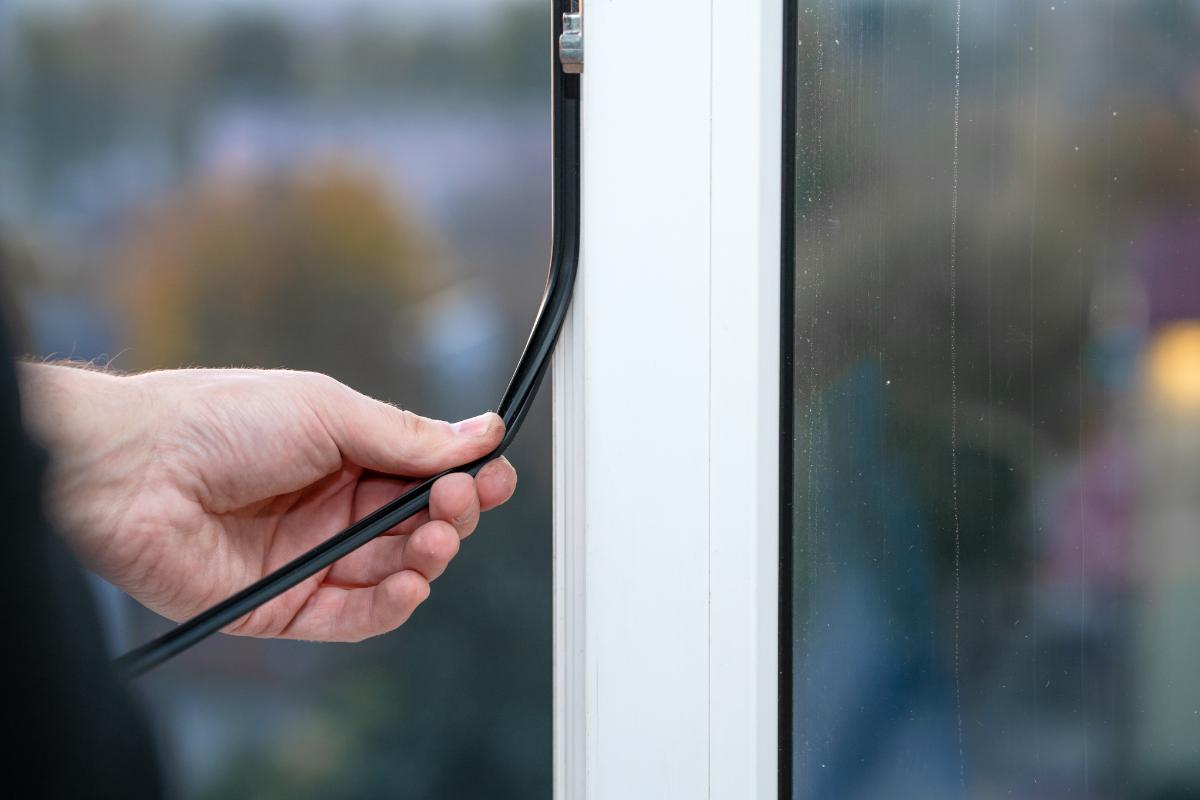
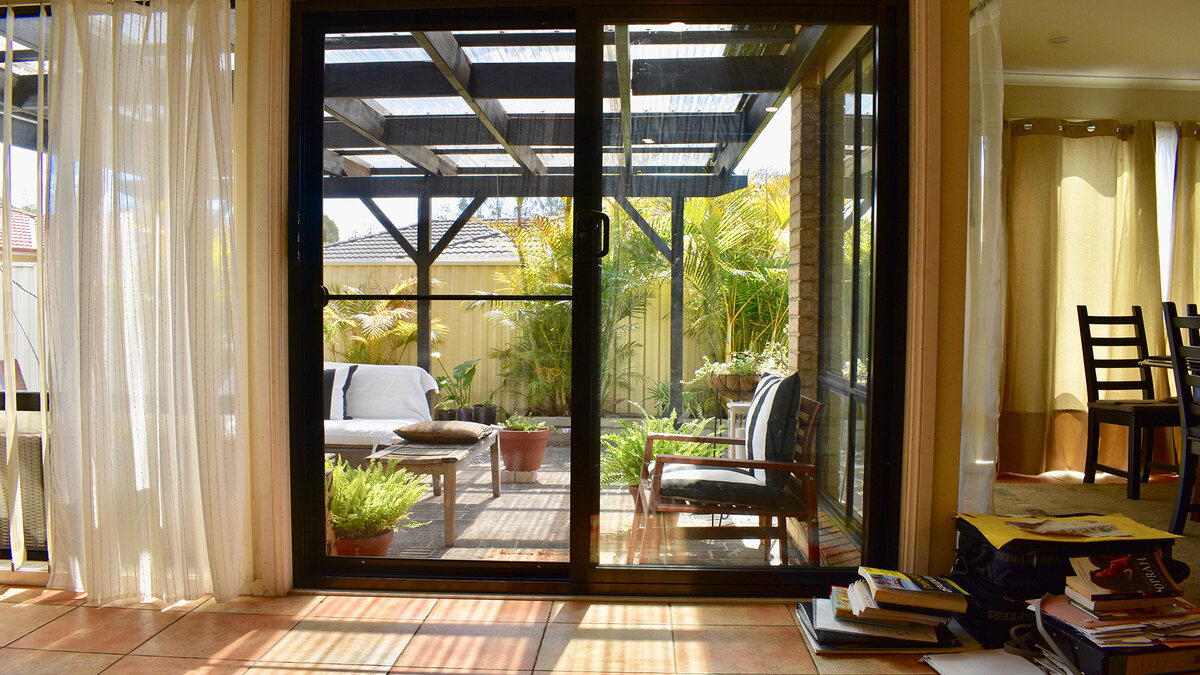
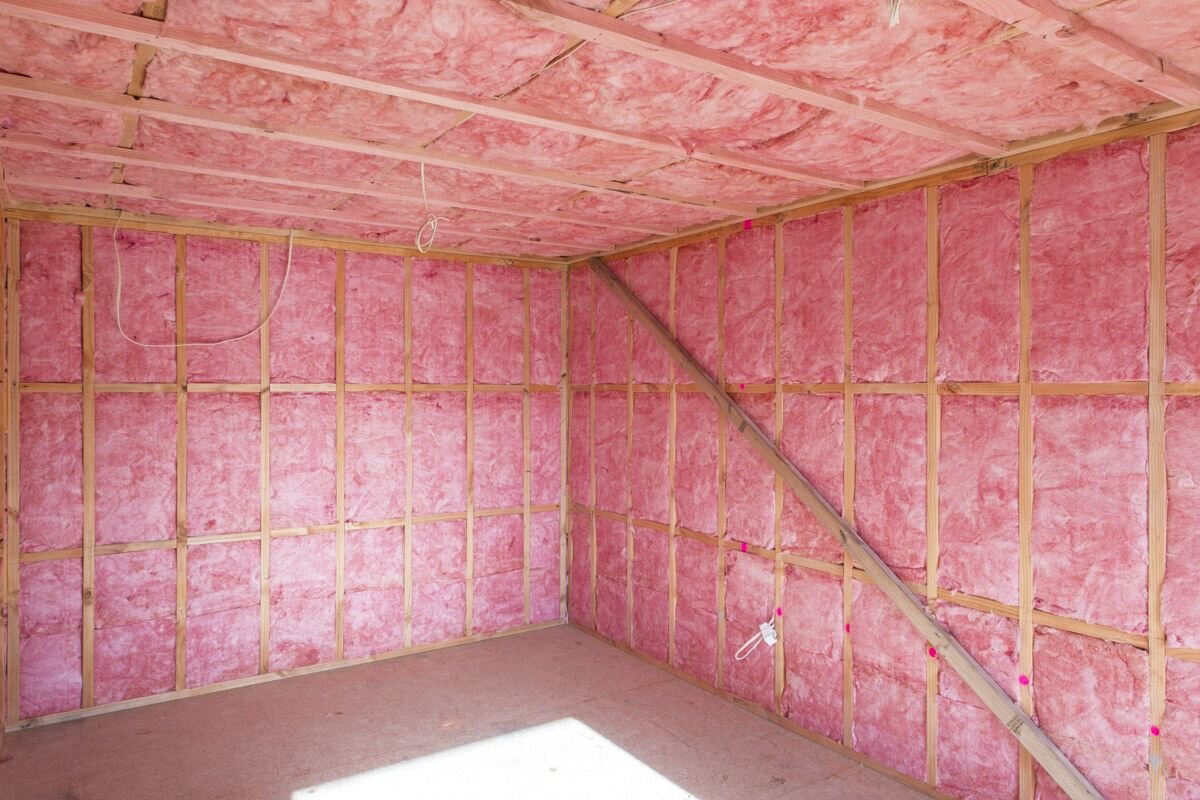
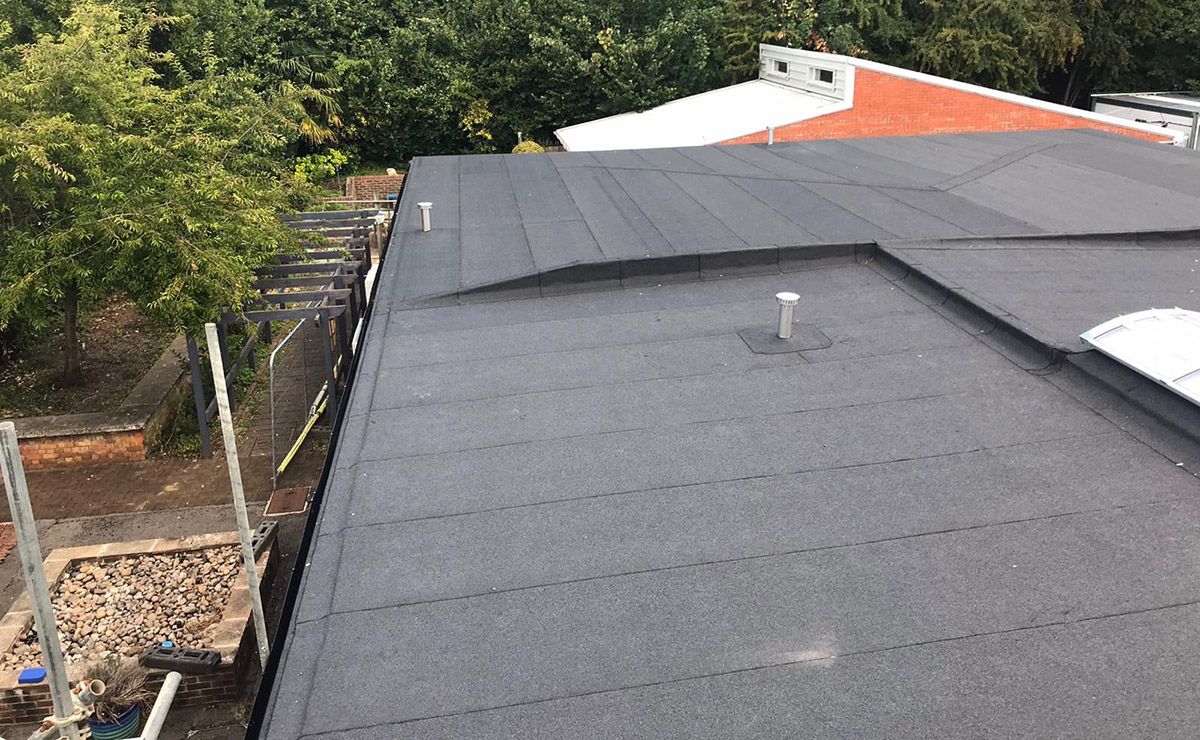
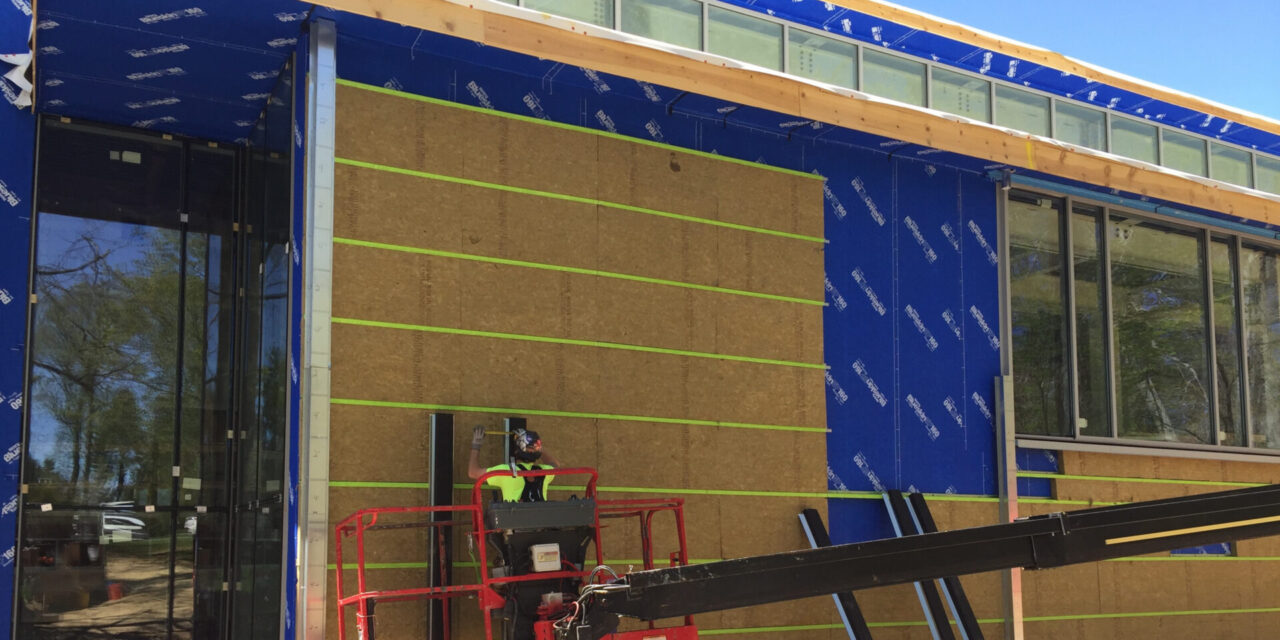
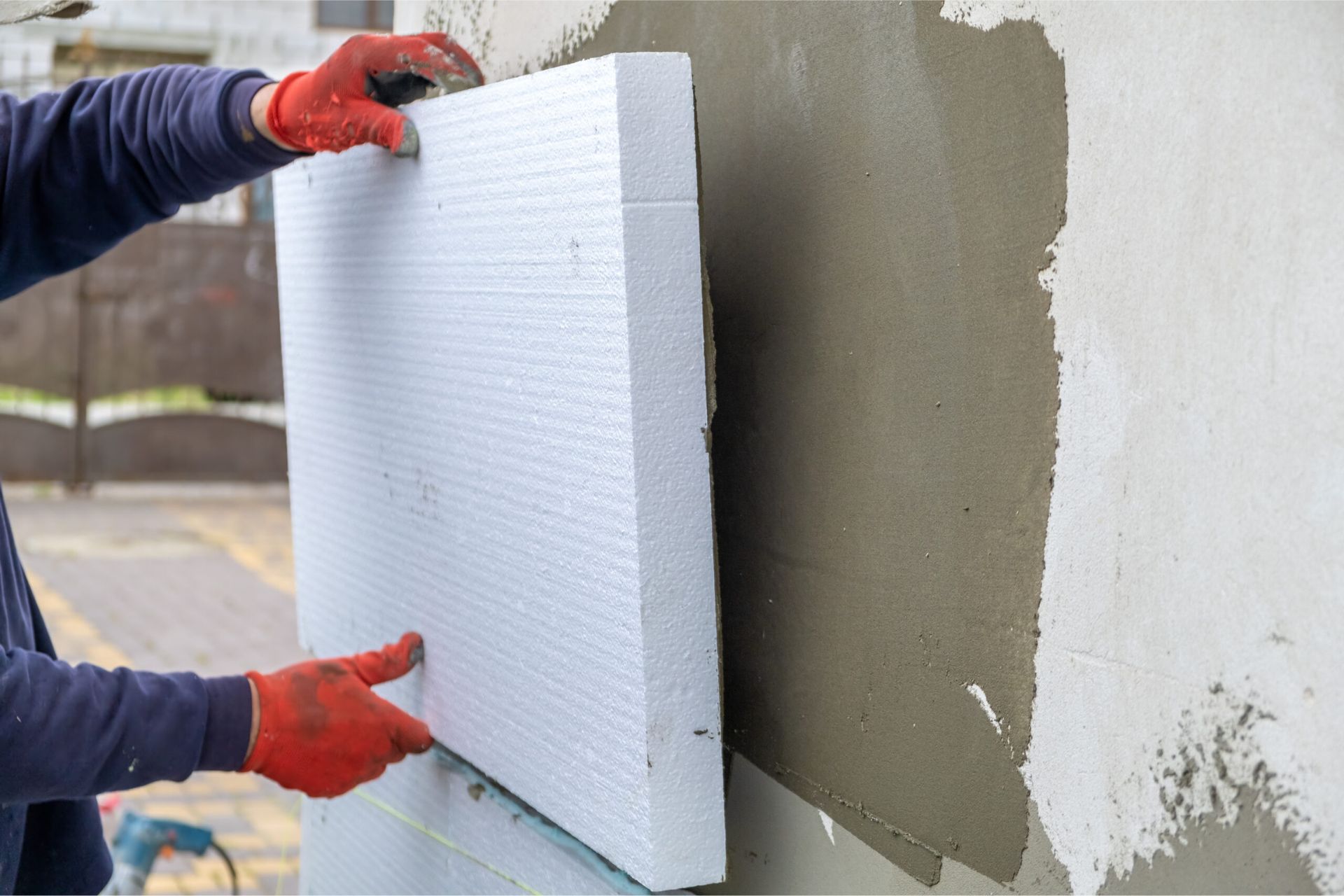
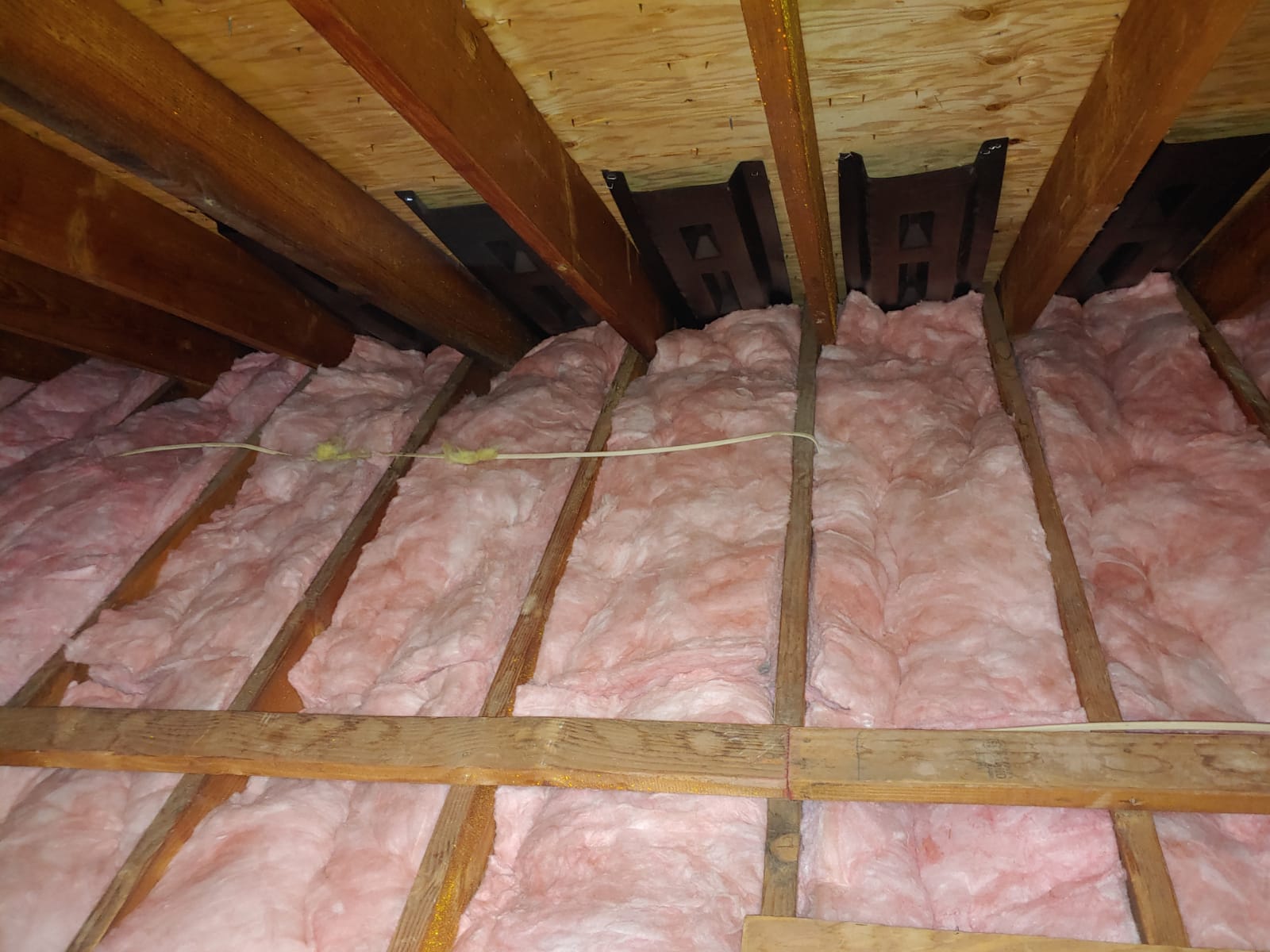
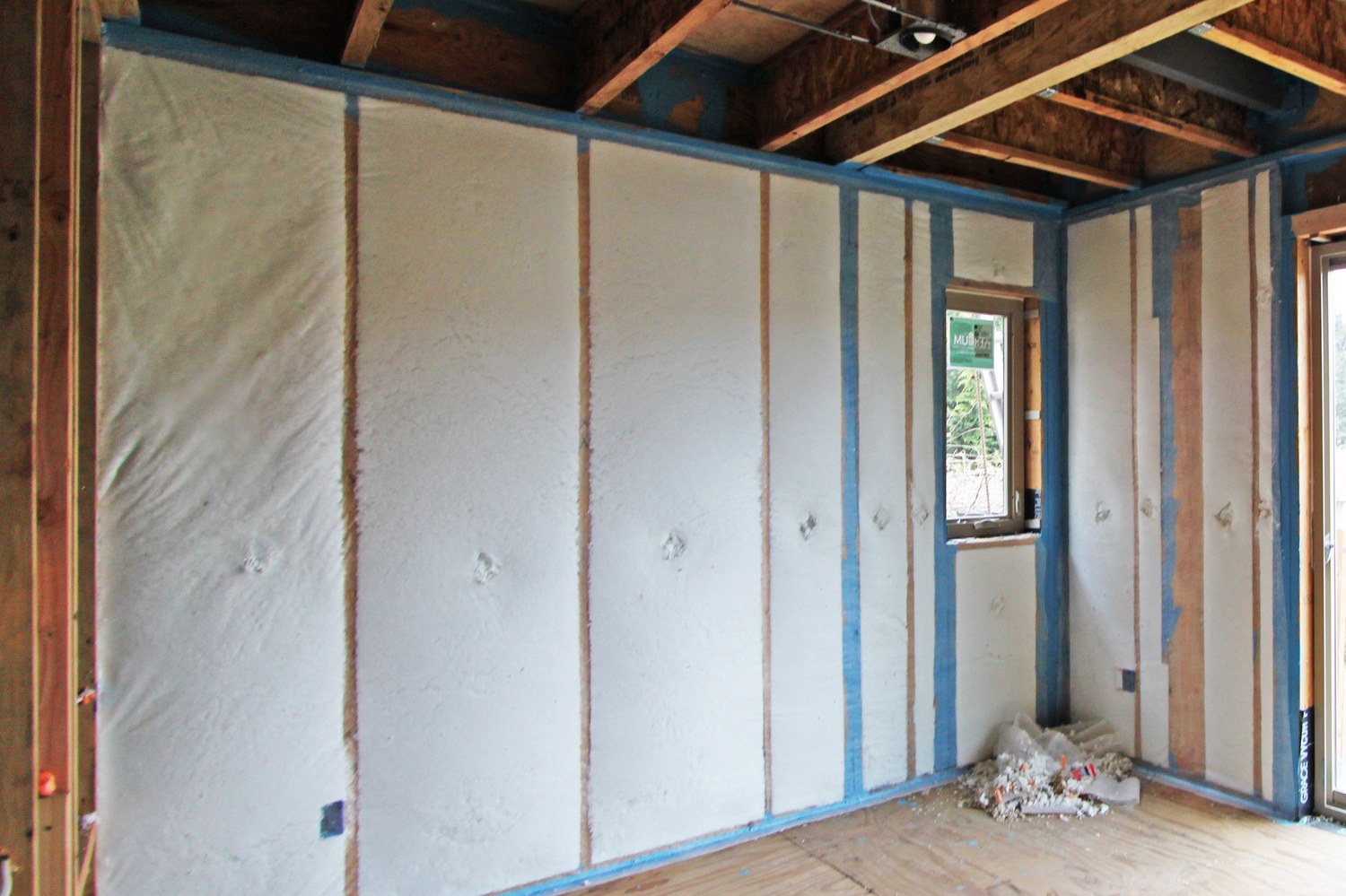
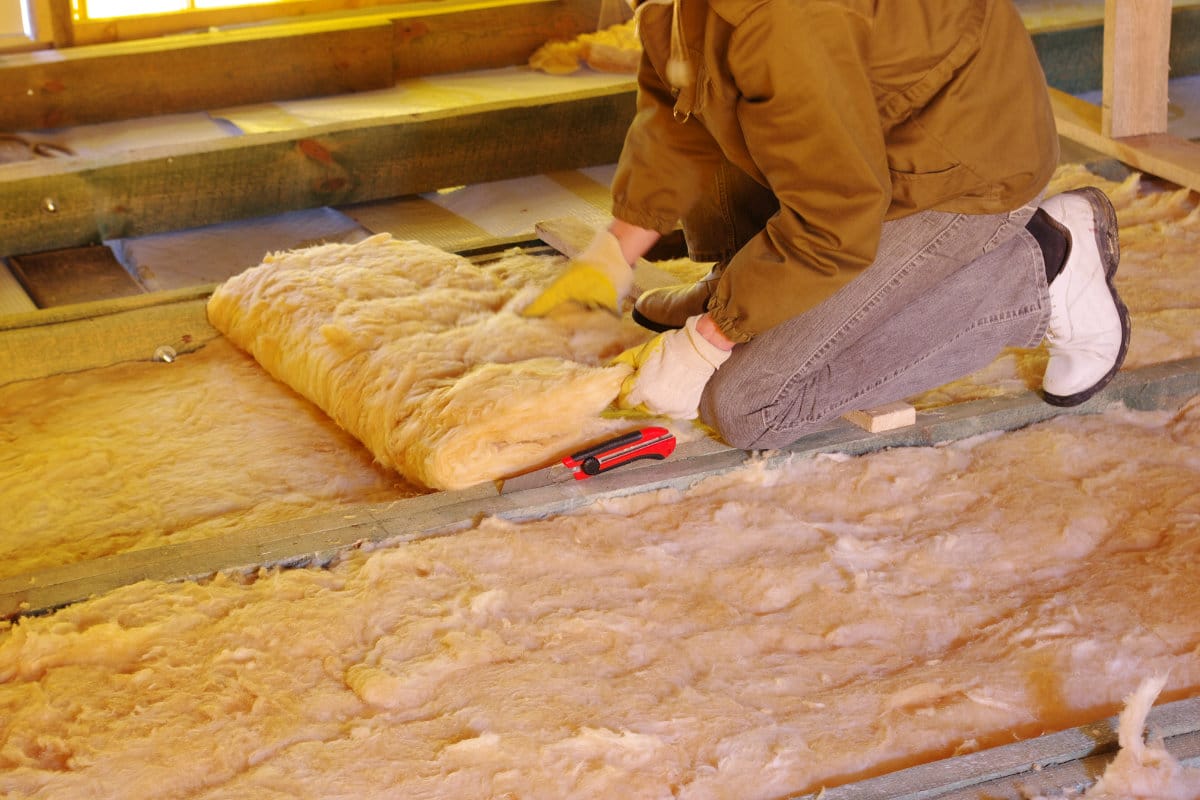
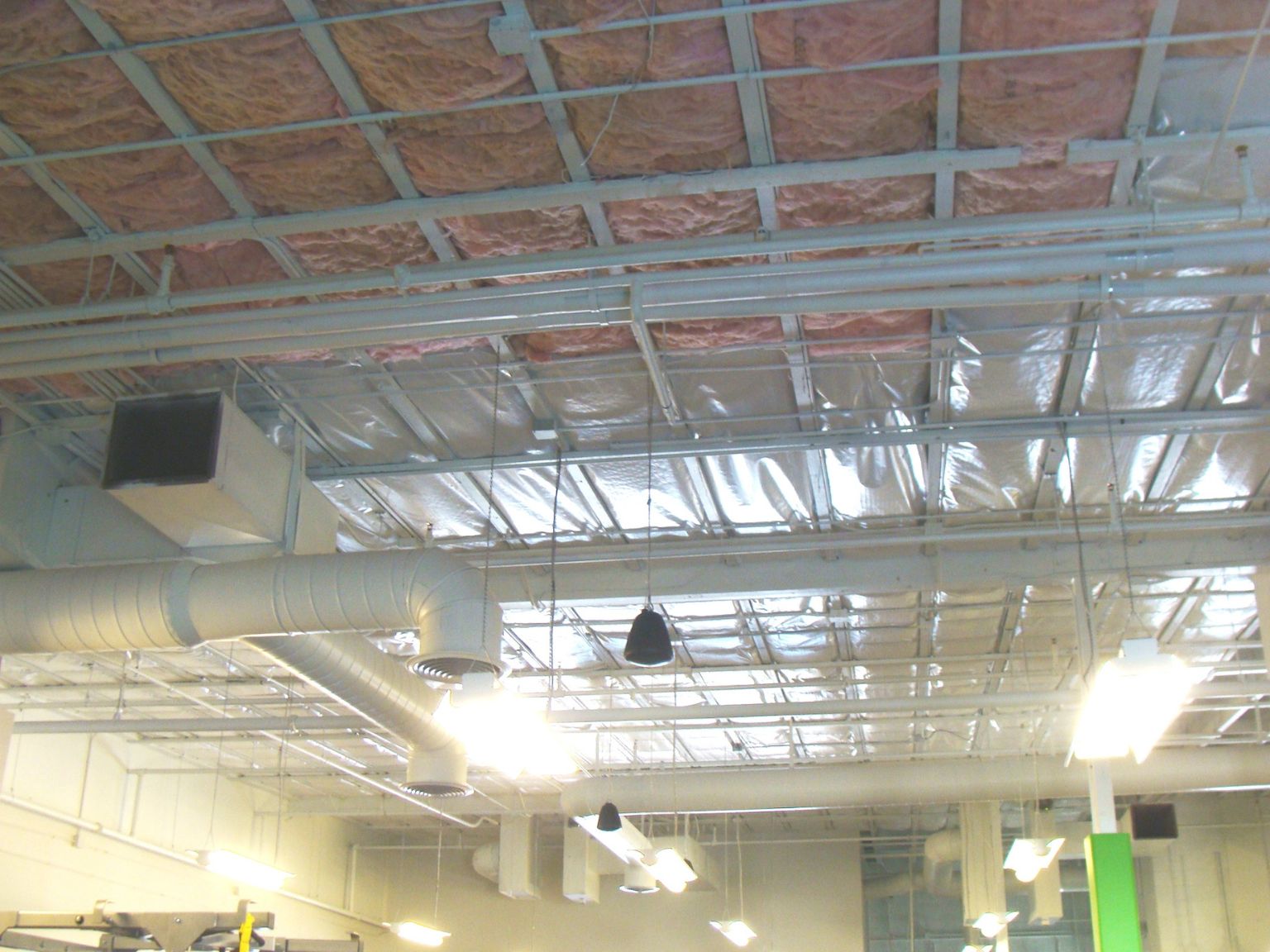
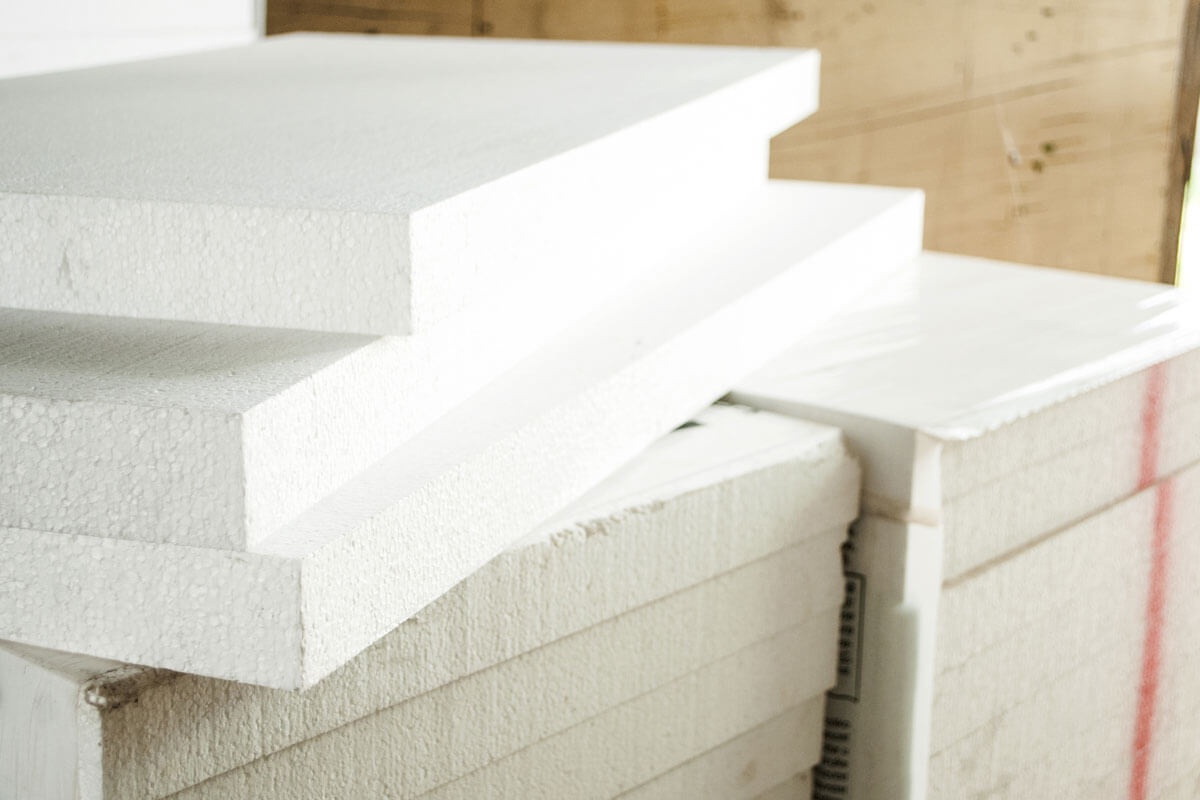

0 thoughts on “What Is Insulated Glass”